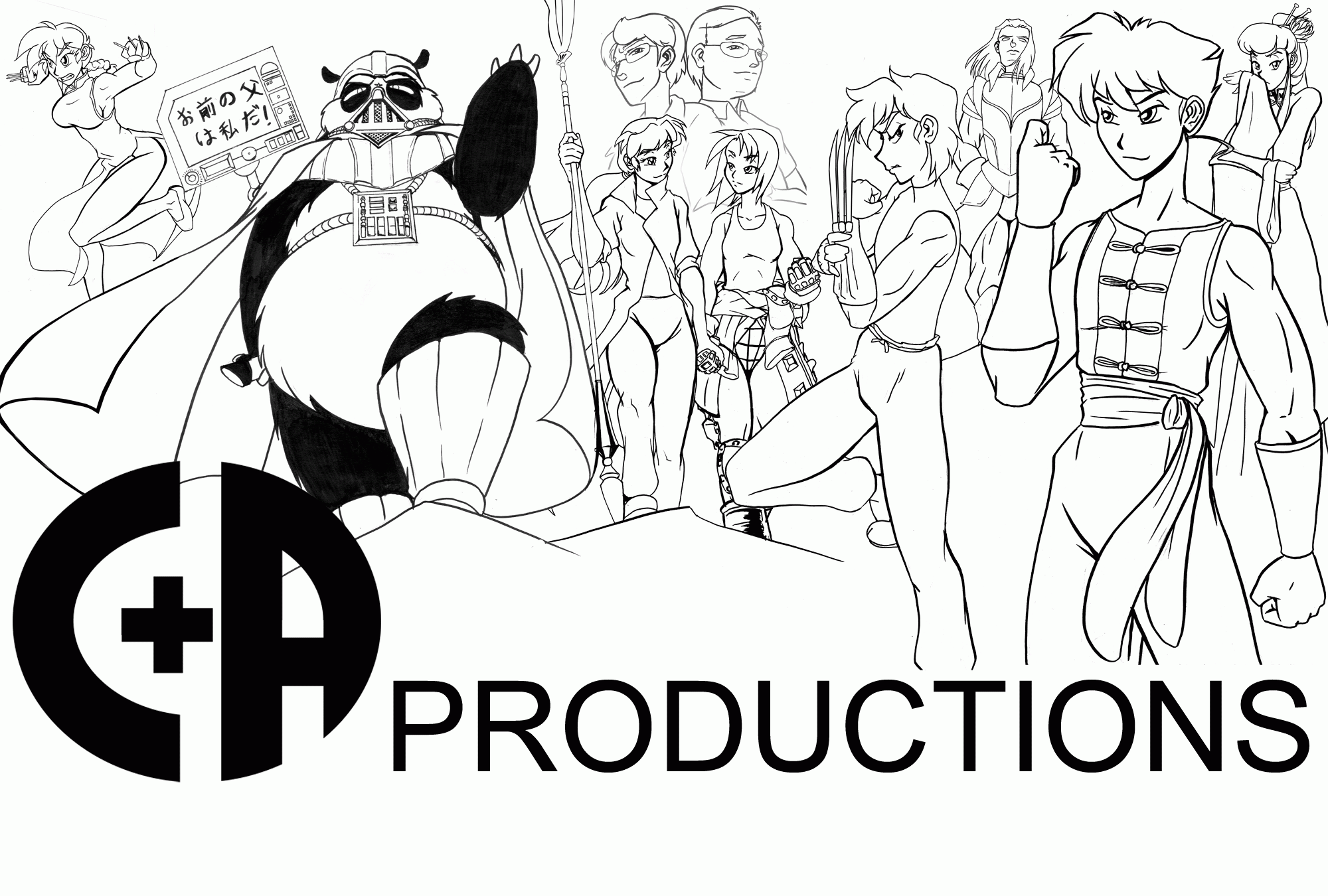Remember that in writing, you have three whole extra senses to work with.
Further, do not try to emulate a visual medium in a literary form. All mediums have their strengths and weaknesses, and you should construct your fight scenes to play to the strengths of your medium and not try to adapt one to the other.
For example; fights in visual media are usually both a: long and b: very complex. That is, lots of intricate moves are done and the fight is draw out over the course of several minutes. Trying to detail each blow of such a fight would be a nightmare, with paragraphs dedicated to each exchange and the entire thing taking up several thousand words.
Instead, keep fights focused. Gloss over the intricate details and focus instead on capturing the feel of the moment. It’s like impressionism. You’re not trying to paint a picture of the fight, you’re trying to show the impression of the fight.
Block out your fight in advance. You want between three to eight “spots” of the fight, these are essentially big drama moments; turnabouts, big hits, defining events that occur. Make certain they flow from one to the next. Spend a good bit of time on each spot. Use long sentences and complex prose at these points. You want the audience to focus on them. When moving between spots, shorten your sentences. Make the descriptions snappier and quicker with simpler words. You want the audience to move quickly between these parts, only catching them as fleeting moments.
The more spots the fight has, the more epic it will seem. Note that this isn’t the same as length. You could have a lot of spots that take a long time to write but that, in the fiction world, take up a very short period of time.
Generally speaking the best way to make the fight seem very close and very dangerous is to cycle between who is “winning” in each spot. Make certain each spot raises the stakes of the fight, and that each one advances the tension by having lasting consequences.
